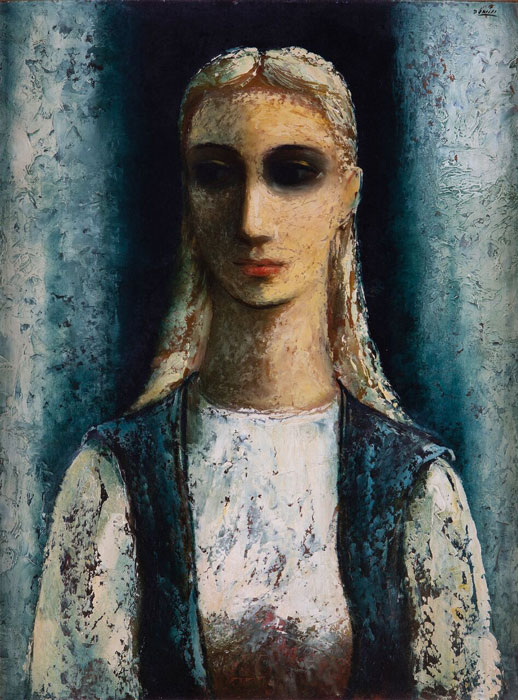Peter Murray charts the work of Irish marine artist, Edwin Hayes, whose bicentenary falls this year
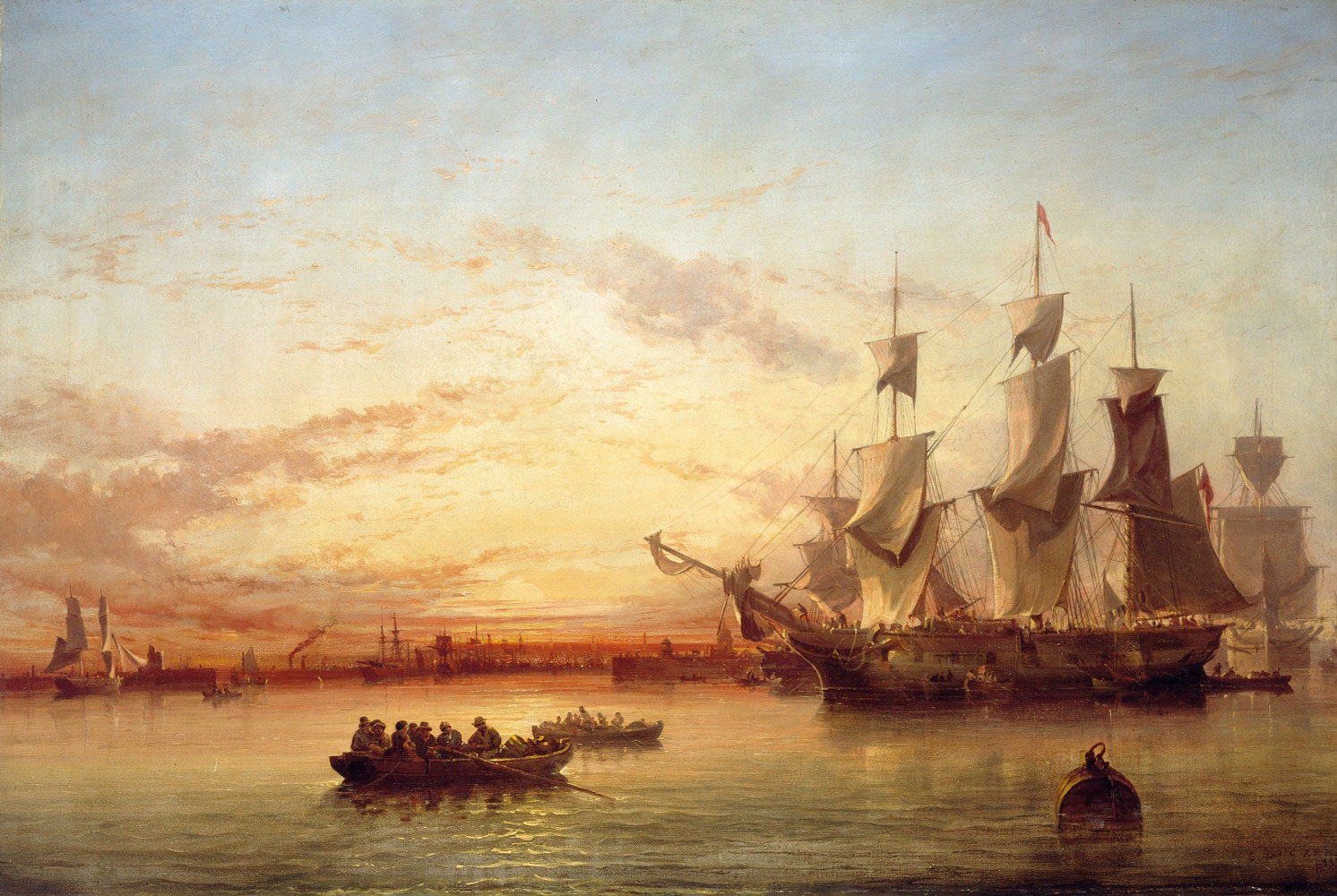
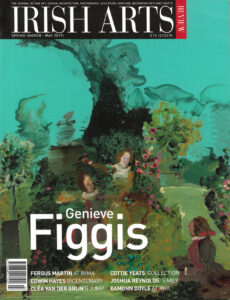
Although Edwin Hayes lived and worked in the era of steam travel, the majority of his paintings depict vessels under sail and are an elegiac testament to a tradition that was passing in his lifetime. By the late 19th century, the Brixham trawlers that feature in many of his works, sailing out of Dublin, Lowestoft and Yarmouth or passing the Old Dutch Pier at Gorleston, were being steadily replaced by steam-powered vessels. A keen sailor, Hayes recorded the beauty of the sea, but also the dangers encountered by mariners – particularly fishermen – under sail. Often in his paintings, an ageing barque or brig is seen heading to the breaker’s yard. Where steamships do appear, there is generally a narrative relating to the passing of sail. In Crossing the Bar 1895, a watercolour reminiscent of Turner’s The Fighting Temeraire, a tug tows an East Indiaman to its graveyard (Fig 5).
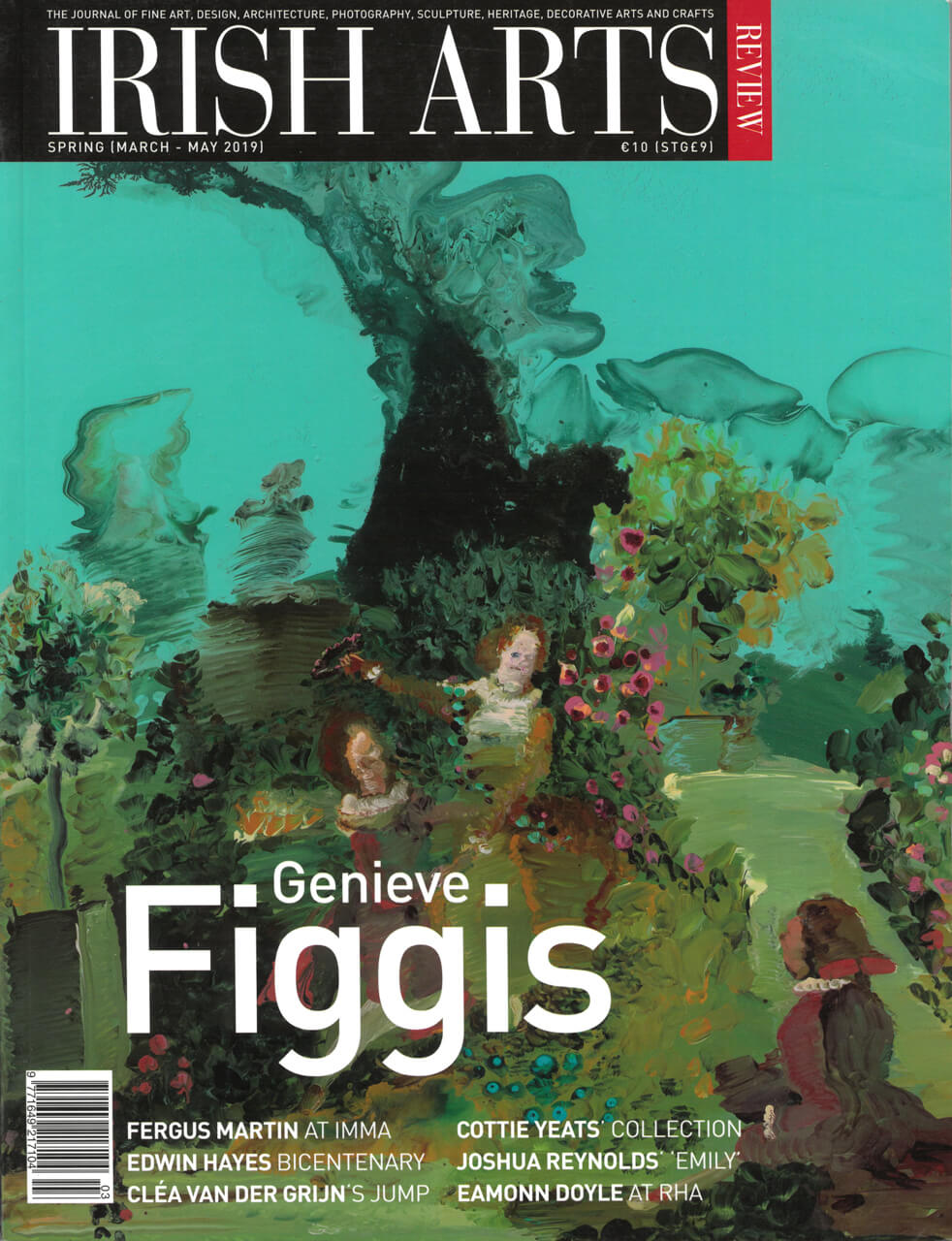
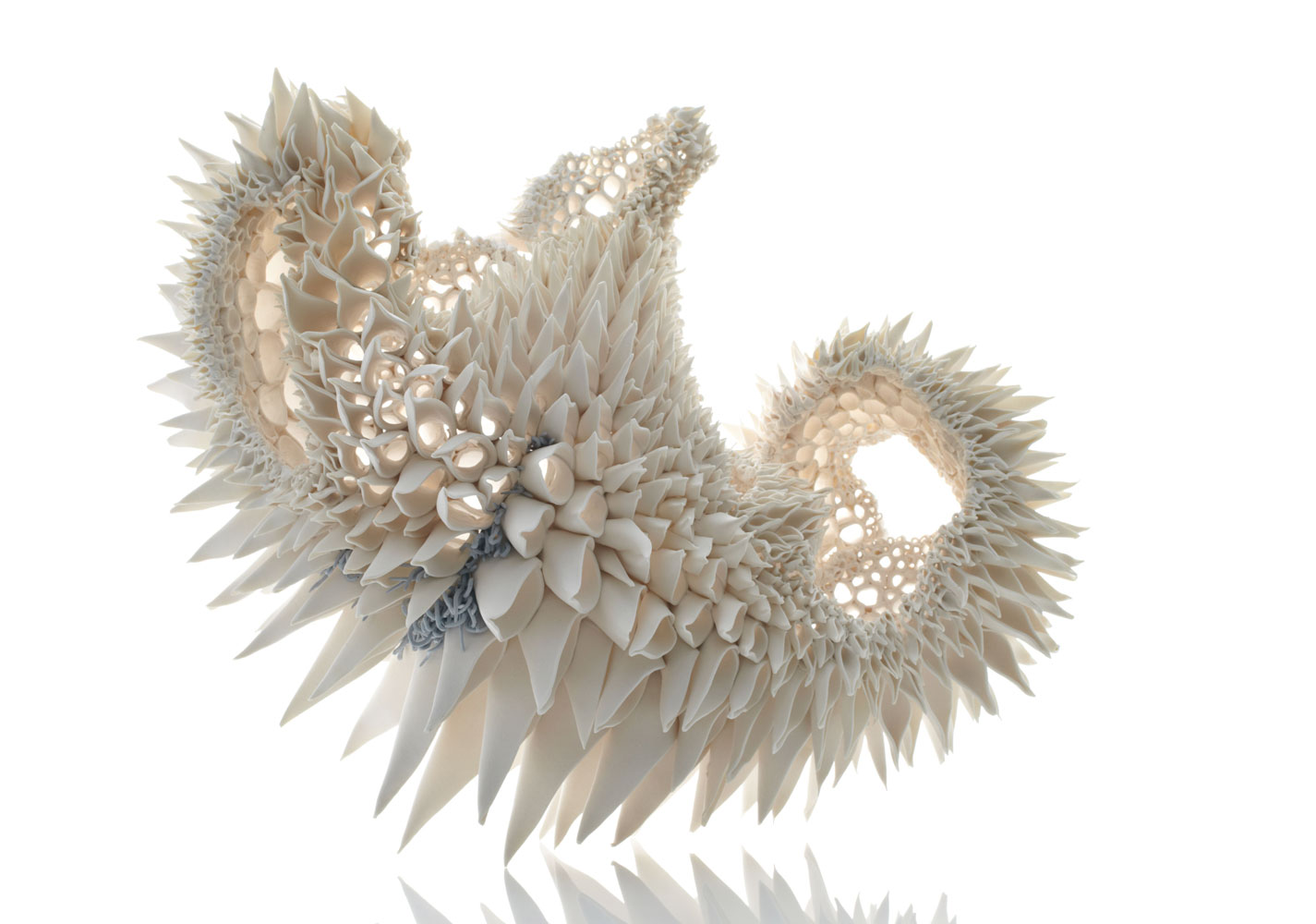
Research into theoretical principles across the fields of art, science and aesthetics imbue Nuala O’Donovan’s work, writes Mark Ewart
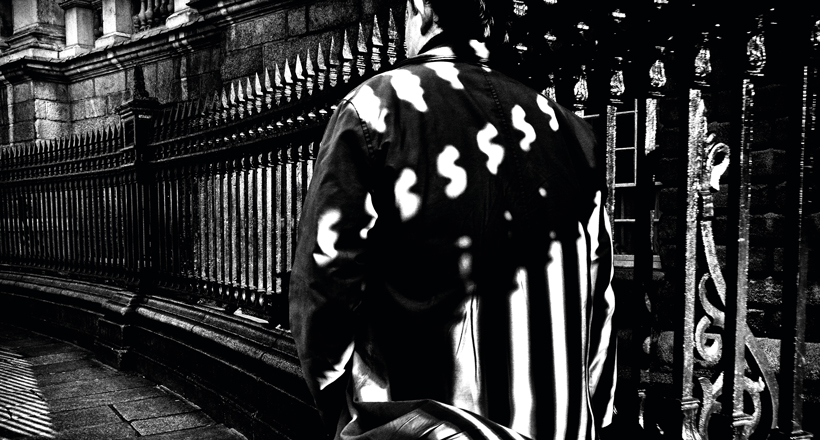
Eamonn Doyle’s portraits of Dubliners are unposed, untroubled by vanity and full of momentum, writes Stephanie McBride
